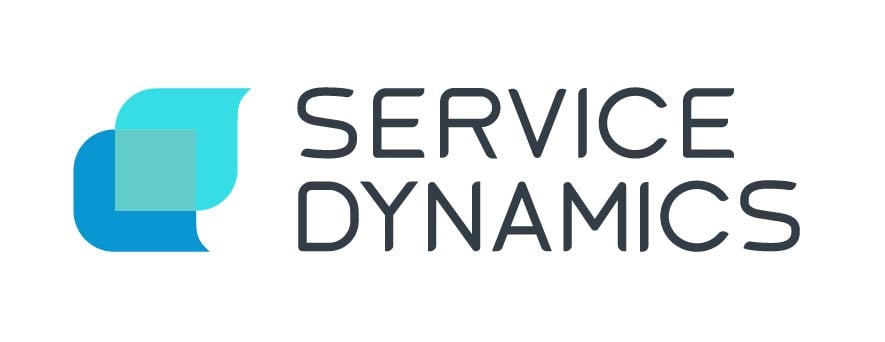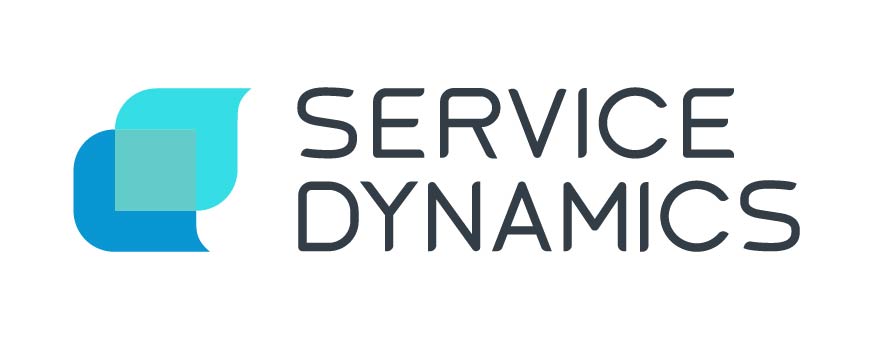As recruitment competition becomes tight, and customers seek seamless engagements with brands, the digital employee experience your business delivers can be a key differentiator in both attracting and retaining talent, and securing market equity. But a successful digital employee experience (DEX) doesn’t happen by chance. It takes a strategic plan, aligned with clear business goals and vision. And while DEX requires input from across the business, having a team to lead and champion change can make all the difference to how well technology is embraced and leveraged across your organisation.
What’s driving demand for improved employee experience?
While good employee experience may have been a priority for only some organisations prior to the pandemic, the last couple of years have amplified the need for businesses to double down on efforts to better support their employees.
With the stronger emergence of remote and hybrid ways of working, employees are continuing to seek greater flexibility around where and when they work. A desire to maintain better work-life balance, and prioritising lifestyle preferences over long commutes means employees are opting for roles that allow them greater autonomy and freedom over their day-to-day routine.

With ‘The Great Resignation’ influencing recruitment demand, organisations are realising it’s those that have put efforts into shaping a positive employee experience that are at an advantage when it comes to attracting and retaining great talent.
Of course, with remote and hybrid ways of working comes the expectation that employees will still be able to carry out their role with the same efficiency and ease as they would in a physical office. For businesses, that means considering secure cloud connectivity, automated workflows and processes, and collaboration tools that enable their distributed workforce to continue to engage with both colleagues and customers without friction. Digital transformation has increased the importance of technology over the years, but many businesses have innovated in isolated areas of a business, and are missing a trick when it comes to transparency and integration across their entire organisation.
Recruitment demand has also cast a spotlight on company culture - and more specifically, the role that technology plays in shaping a supportive and inspiring workplace. Employees expect to engage with technology at work, in the same way they do after hours - that is, in a way that is intuitive and seamless across multiple devices. Not surprisingly then, poor experiences using technology can lead to frustration, low productivity and morale, and sub-par performance.
The flow-on effect of individual frustration is a collectively disengaged workforce - a consequence felt not only by your internal culture, but your customers, too. It goes without saying that the better the experience you can deliver your employees, the better the experience will be for your customers or stakeholders.
The quality of that experience comes down to the devices, applications and networks your employees use. What matters, therefore, is also your ability to service mission-critical technology, diagnose and resolve issues, and offer users responsive IT support that minimises downtime, bottlenecks, work-arounds and friction.
Given that the way they interact with technology is providing the foundation for today’s employee experience, it makes sense that implementing a DEX strategy in your business is driven by the people who understand it best.
Why IT is best-placed to drive DEX in your business
Every department in your business has their own priorities and therefore expectations around how tech should support them. When designing a DEX strategy, cross-functional input is important to ensure that the digital experience you create is actually supporting those different objectives. In particular, HR will have a critical part in play in ensuring that DEX is in alignment with cultural goals and employee satisfaction outcomes.
However, there needs to be ownership over strategy and execution, and given that IT sits at the intersection of people, process and technology within a business, they have the understanding needed to implement, test and advocate for the right technology.
That starts by understanding users’ current source of dissatisfaction with existing technology, and where opportunity exists for improvements. The reality is, employees are often the source of their own digital frustrations. They try to remedy fixes themselves rather than seeking IT support on issues, ignore updates or security messages, and find work-arounds when they come up against workflow friction or frustration with existing process, rather than reaching out for help.
It’s therefore IT’s responsibility to remove the barriers that prevent employees asking for technical support, to provide proactive training and reminders, and to resolve digital issues before users are even aware of them. The right DEX solution gives an organisation the ability to monitor software and hardware remotely, and mitigate any issues (and therefore interruptions) before they arise. This is particularly important as the prevalence of remote work rises.
When it comes to choosing the right solutions, IT departments prioritise speed and security, and understand what is required from platforms for both on-site and remote working environments. These are all factors that play a part in ensuring optimal up-time and therefore productivity. DEX solutions also offer visibility across the performance of software, hardware and systems, enabling IT teams to monitor performance, identify issues, resolve problems and refine process accordingly. With their dedicated investment in the digital tools your business uses, IT teams are also best positioned to take the lead on onboarding, on-going training and an organised roll-out plan of any new platforms.

The role of AI and automation in experience delivery
Providing seamless, friction-free experience with technology is the foundation of an ideal DEX strategy. But without the right ITSM solution to help them, IT teams will struggle to meet the expectations of their internal customers. That’s where ITSM solutions integrated with AI technology are helping to transform IT service delivery through automation, while driving new levels of productivity within a business.
In particular, AI-driven ITSM solutions digitise siloed and legacy systems, automating workflows and creating more opportunities to leverage data insights. The result is not only a more efficient and productive experience for employees, but also a more impressive experience for customers.
Importantly, AI can help reduce dependence on IT service requests - and therefore hands-on efforts from IT agents - and speed-up issue resolution time through predictive maintenance. That means that rather than waiting for something to break before it’s fixed, AI can help identify and automatically remedy problems before they cause disruption. This changes the game when it comes to disruption and downtime - just the kind of frustrations that impact productivity and morale. Given that we know today’s users expect continual platform up-time, automated ITSM can also offer always-on self-service capabilities that enable internal customers to find answers, right when they need it.
For IT teams, leveraging AI means working smarter, and therefore faster. Through constant monitoring of systems, AI can surface insights and predictions, and offer recommendations that enable IT agents to resolve issues more efficiently, or without the need for further intervention. Removing the workload of support ticket requests then opens space for IT agents to instead focus on more high-value innovation projects.
AI-enabled technology also helps to provide greater transparency across entire operations to support better business decisions. Understanding performance means being better positioned to focus on refining systems that continue to deliver an improved experience for both employees and customers.

Could a DEX strategy transform the way your business leverages technology?
DEX is proving to be a differentiator for businesses who have taken the time to understand what their users really want out of technology. Creating the best experience possible comes down to enabling your IT agents with the most supportive tools to do their job, too. That means turning to AI and automated ITSM platforms that create transparency and efficiency for IT agents, and in turn reduce unproductive and frustrating downtime among your workforce.
If you’re curious about what opportunities exist for your organisation, get in touch for a no-obligation chat. We’ll tell you more about how we can support IT in your business in leading the charge in delivering a highly desirable digital employee experience for your people.



